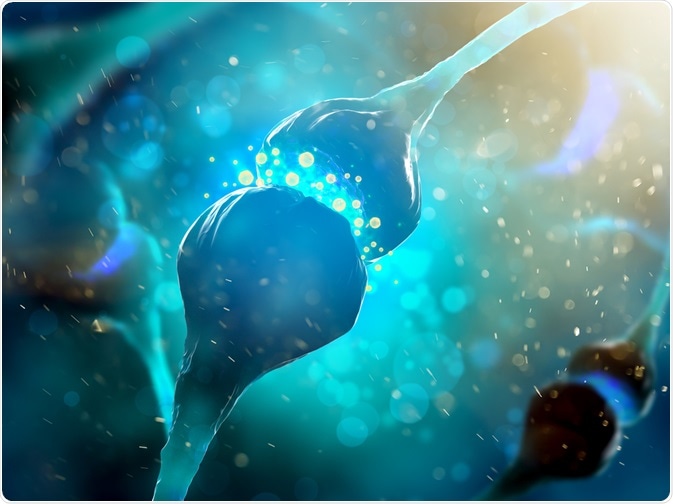Electrochemical mass spectrometry (EC-MS) is a technique that is used to characterize and analyze the effects of redox reactions on biomolecules, such as proteins peptides and nucleic acids.
 Andrii Vodolazhskyi | Shutterstock
Andrii Vodolazhskyi | Shutterstock
Electrochemistry involves determining the chemical reactivity or concentration of substances through quantification of charge, potential, or current. MS is then applied to characterize the analytes generated in a vast array of electrochemical process and biological reactions.
EC-MS is a popular technique in the field of drug discovery where it is used to mimic drug metabolism. The high-sensitivity and selectivity of MS make it a promising tool in proteomics, biomarker research, and as measurement tools in the field of neuroscience.
Analyzing neurotransmission
Understanding and elucidating the complex functions of the brain is one of the greatest challenges in the field of neuroscience. Neurons mainly communicate with each other through the chemical signalling when neurotransmitters are released into the extracellular fluid (interstitial space).
Neurotransmitters serve as messengers, transmitting information between neuronal synapses. Any imbalance, abnormality or change in the activity of these essential chemicals can lead to serious psychological and physical health conditions, such as Alzheimer’s disease, Parkinson’s disease, and schizophrenia.
The use of chemical sensing to monitor levels of neurotransmitters is therefore a central focus of research in both in vivo and ex vivo studies for investigating and testing these treatments.
Electrochemical detection
Many researchers have tested materials to be developed as biosensors to detect and monitor neurotransmitters and various combinations of nanomaterials built into such sensors. For in vivo studies, electrochemistry is often applied to detect and monitor these molecules.
One important neurotransmitter – acetylcholine, discovered in 1921, significantly impacted the understanding of how the brain transmits information. Subsequently, other essential neurotransmitters, such as dopamine and norepinephrine were identified and hundreds have now been characterized.
The potential uses of electrochemical methods to study oxidizable neurotransmitters, including serotonin, dopamine and norepinephrine were recognized more than four decades ago. Today, such techniques are often coupled with microelectrodes to capture the rapid dynamics involved in neurotransmission across biological samples ranging from single-cell preparations to intact brains in live animal models.
Electrochemical techniques are also employed to detect and quantify small molecules, ions, and non-electroactive species. This techniques relies on electrodes with specialized enzymatic coatings that produce electrochemical signals in the presence of certain analytes.
Using this approach, species, such as glucose, lactate and choline can be quantified since the enzymes aid conversion between the reduced and oxidized state, which is then detectable at the surface of the electrode.
Further Reading